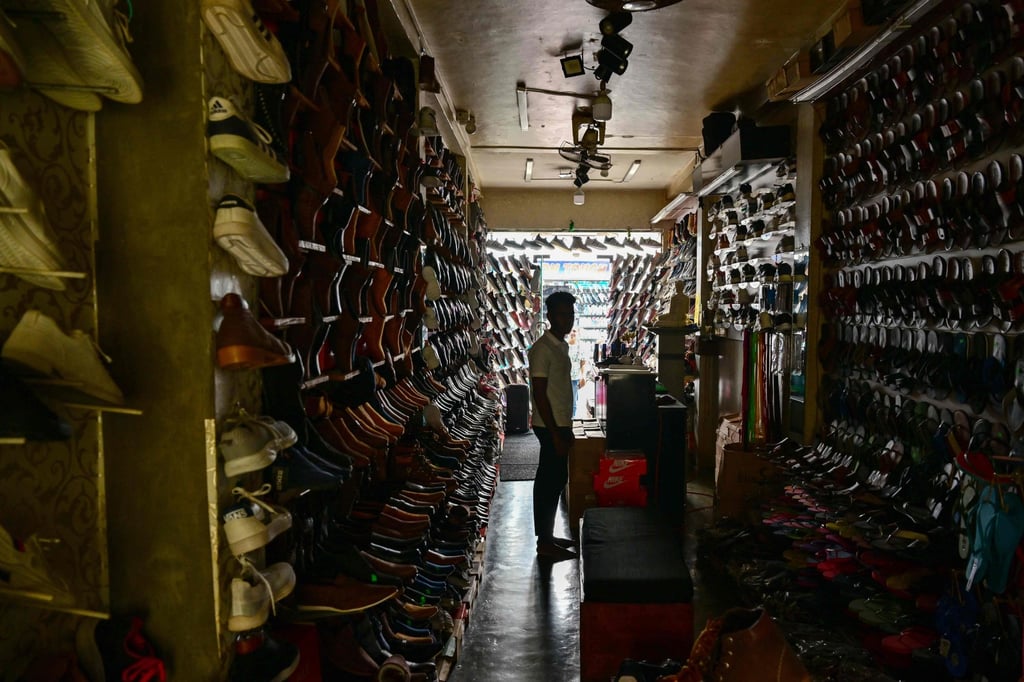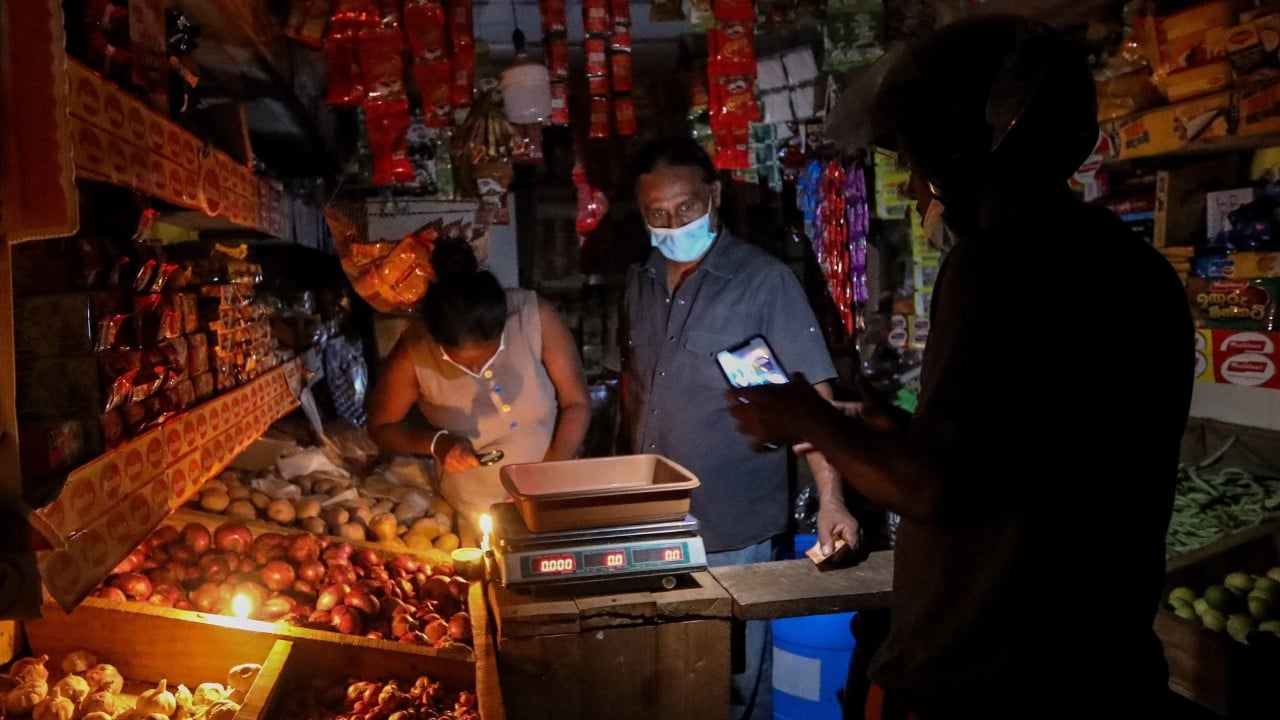Published: 5:30pm, 21 Feb 2025Updated: 5:55pm, 21 Feb 2025
Sri Lanka’s nationwide blackout this month has raised concerns about the country’s ability to integrate renewable energy into its power grid, exposing vulnerabilities that experts say could deepen as climate conditions strain hydropower and investment in energy infrastructure stalls.
Advertisement
Sri Lanka experienced the mass outage on February 9 when a sub-power station was disrupted by the electrocution of a monkey. The Ceylon Electricity Board said the resulting nationwide failure stemmed from an “imbalance between generation and demand” caused by high solar power input and “low system inertia,” leaving the grid “vulnerable to faults”.
The incident, and the subsequent scheduled power cuts needed to manage the demand until all the power stations could be reconnected to the grid, have raised fresh concerns about the country’s energy security.
Many Sri Lankans recall the crippling 13-hour-long blackouts of 2022 that helped spark anti-government protests and brought down former president Gotabaya Rajapaksa and ended his family’s nearly 20 years in power. At the time, foreign currency woes, surging global coal prices and a reduction in hydropower during the dry season created a perfect storm that the government struggled to overcome.

A new heat alert issued early this week has compounded concerns about Sri Lanka’s ability to meet its electricity requirements. Dry spells deplete hydropower – which can supply as much as half of the nation’s energy during rainy periods – forcing heavier reliance on thermal energy.
Advertisement

